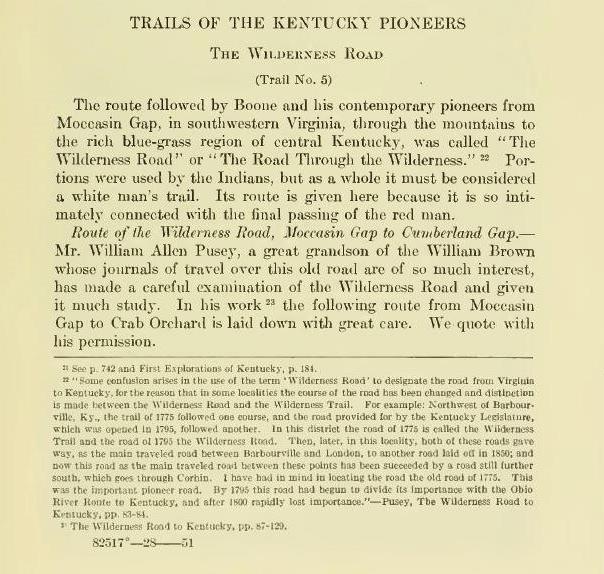Athawominee - The Warrior's Path
Athawominee - The Warrior's Path
The Scioto River and Portsmouth to Vanceburg - 25 miles
The Kentucky Warrior's Path begins where the Scioto River enters the Ohio River, at Portsmouth, Ohio. The Scioto River is a product of North America's most recent period of glaciation. The glacial ice-front opened a broad valley between the hills of eastern and western Ohio. When the glacier retreated, its meltwater fed the ancestral Scioto, and the valley became the ketchment basin for the many substantial creeks that feed into the Scioto from the north, east and west. The western edge of the Scioto River is bordered by Ohio Route 104. It is not widely recognized that Rt. 104 is routed on the bed of the old Ohio and Erie canal. When the canal failed as a result of competition from the railroads, the barge tow paths were used to fill in the canal and the highway way was placed on top of the fill. The availability of a relatively straight and contiguous right-of-way off-set the effort required to re-use the old canal-way. Like many other rivers that pass through developed areas, most of the meaders of the Scioto have been removed so the fertile farmland through which it passes may be used to maximum benefit. Today, the river is largely confined to the western edge of the valley through which it passes. Kentucky Route 8 is used to follow the course of this part of the trail along the Ohio River From Portsmouth, Oh. to Vanceburg, Ky. We should always keep in mind that the Ohio River that we experience today would be unrecognizable to a Native American traveler through this area in the pre-contact era. In that earlier time, a traveler by foot could easily walk the banks of the great river for long distances. The river's natural cycle of flood and retreat created extensive sand bars and gravel banks, clear floodplains, broad river banks and aluvial marshes. The original river bed is engulfed by the impounded, channalized and dredged river waters, but perhaps to return again some day, in the great sweep of time. Archeologists have found the remains of numerous significant Native American settlements along the course of the Ohio River, but one may only speculate the number of formerly inhabited areas that were inundated when the Ohio River was dammed and dredged for commercial navigation.
Map of the Warrior's Path within the Daniel Boone National Forest.

Note that this map makes reference to "Ah-wah-nee", which by some early historical accounts was a
Native American village that existed in the Irvine - Station Camp area.
If it did in fact exist, then its name, by a most remarkable coincidence,
is exactly the same name used to reference the Yosmite Valley of California
by a 19th century sub-group of the Pai-Ute tribe!
These are the only known uses of the name "Ah-wah-nee" in any language or culture.
From: http://www.ucumberlands.edu/academics/history/files/vol7/ChuckDupier95.html#ChuckDupier95_26 The Warriors' Path in Kentucky extended north from the Cumberland Gap through the eastern edge of the Middlesboro Basin, down Yellow Creek to the point where that creek turns east. It then follows an overland route to the Pine Mountain water gap at Pineville. At Pineville, the path crossed the Cumberland River and followed along the east bank to Flat Lick, about six miles north of Pineville.(23) At Flat Lick, which is at the confluence of Stinking Creek and the Cumberland River, the trail turns northeast, up Stinking Creek, then follows a tributary called Trace Branch northward to its head, then crosses Kentucky Ridge at Paint Gap into the headwaters of Goose Creek which is in the watershed of the South Fork of the Kentucky River.(24) Thomas Walker, on May 1, 1750, approached the future site of Barbourville from the west and went northeastward up Little Richland Creek, across the ridge and down the Collins Fork of Goose Creek.(25) Walker notes in his journal on that day, "We got to Powell's River [Goose Creek] in the afternoon and went down it along an Indian Road, much frequented.. .and I think it is that Which goes through Cave Gap [Cumberland Gap]. 23. Ibid 47-48. 24. Norm Isaac, The Warrior Trail of Kentucky (Dublin, Indiana: Printit Press, 1980)



* page missing *




* missing text *

Article text to be re-filed





Drag the corner of the video window to increase its size.